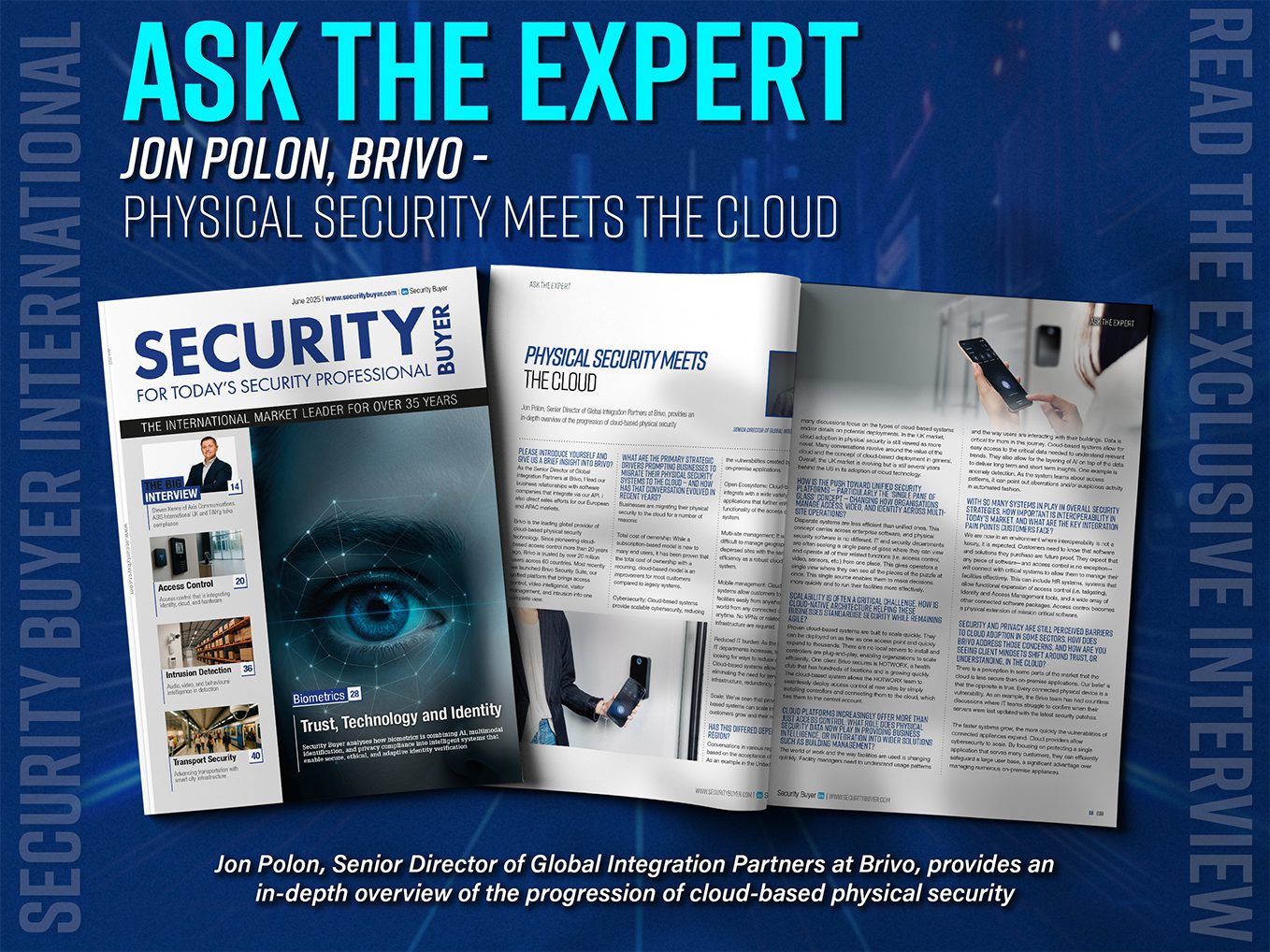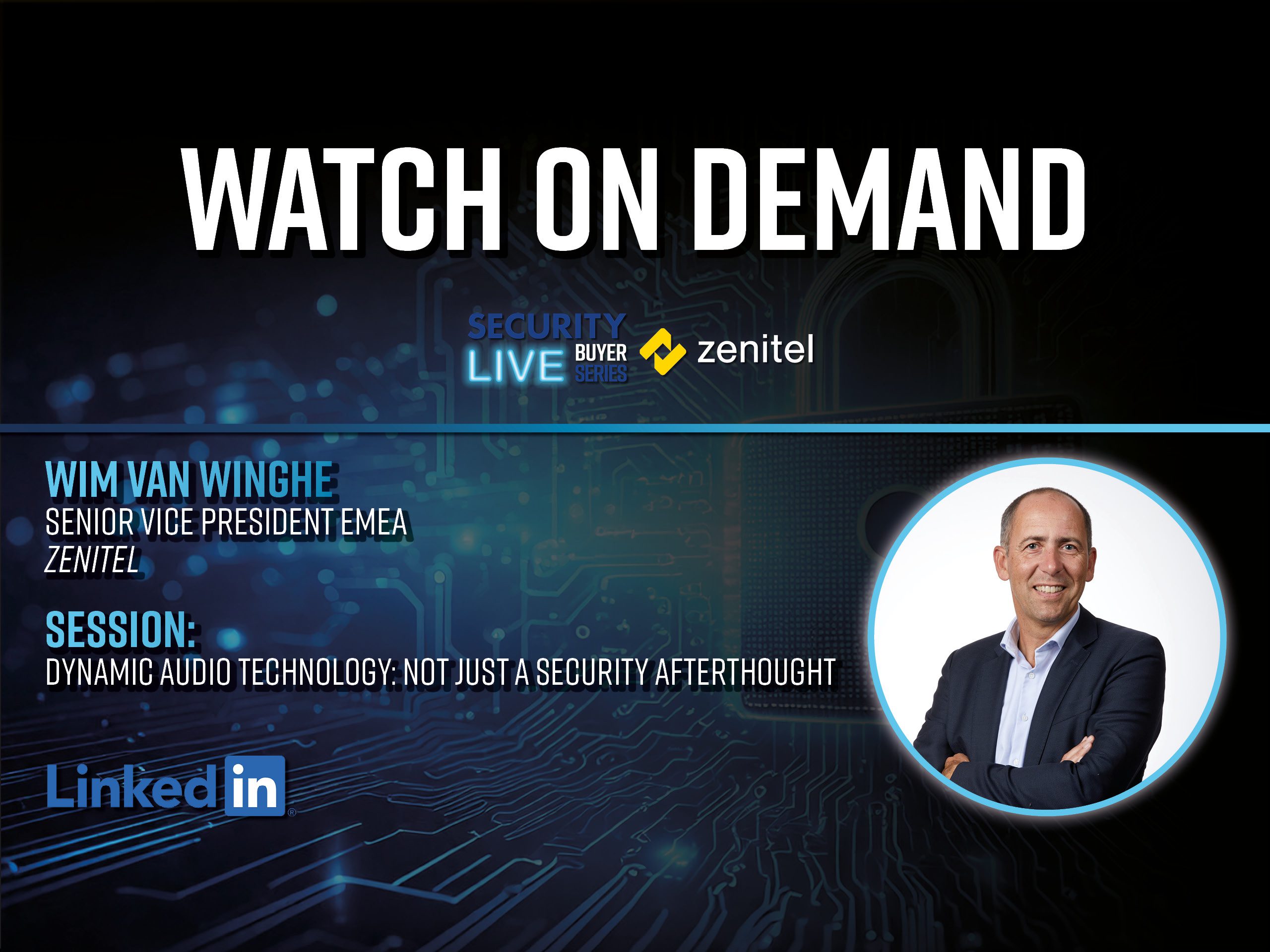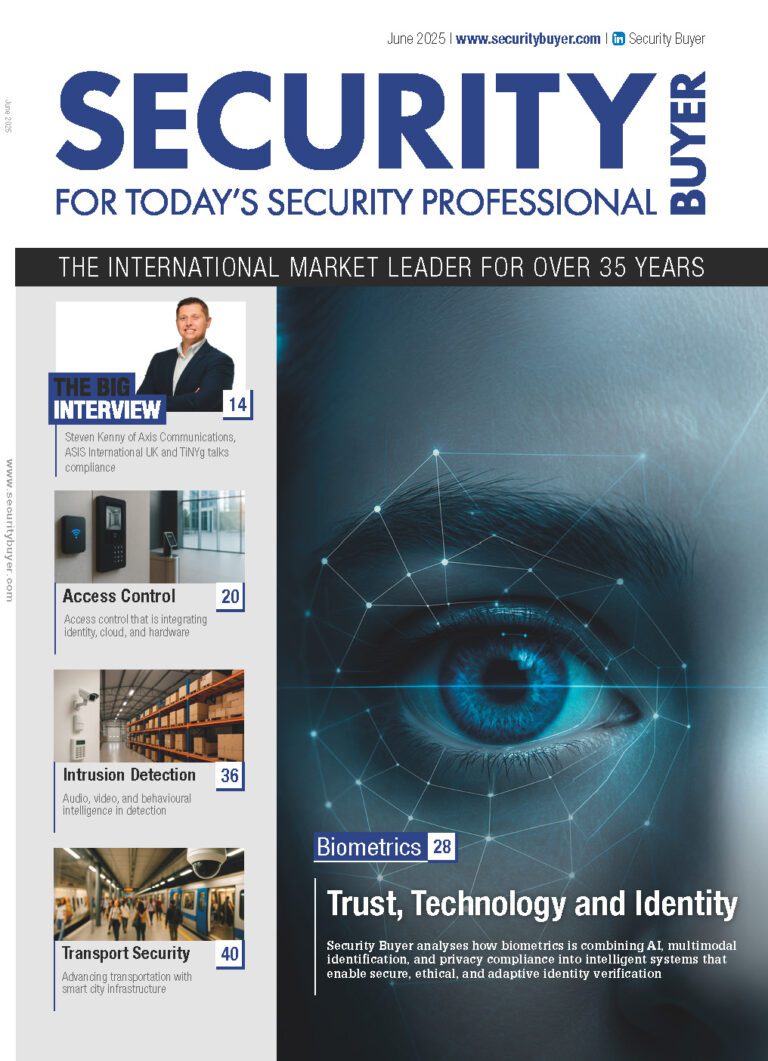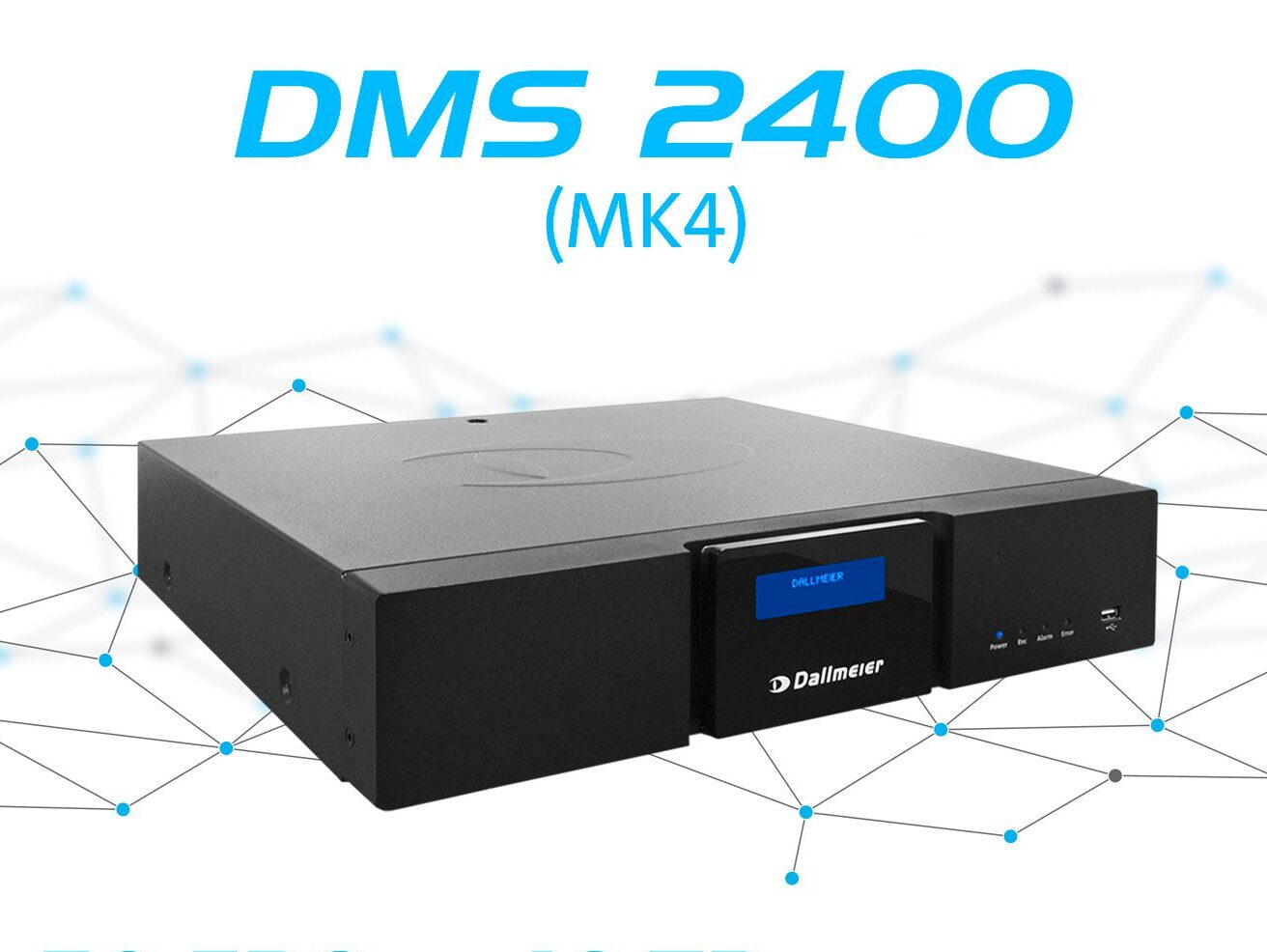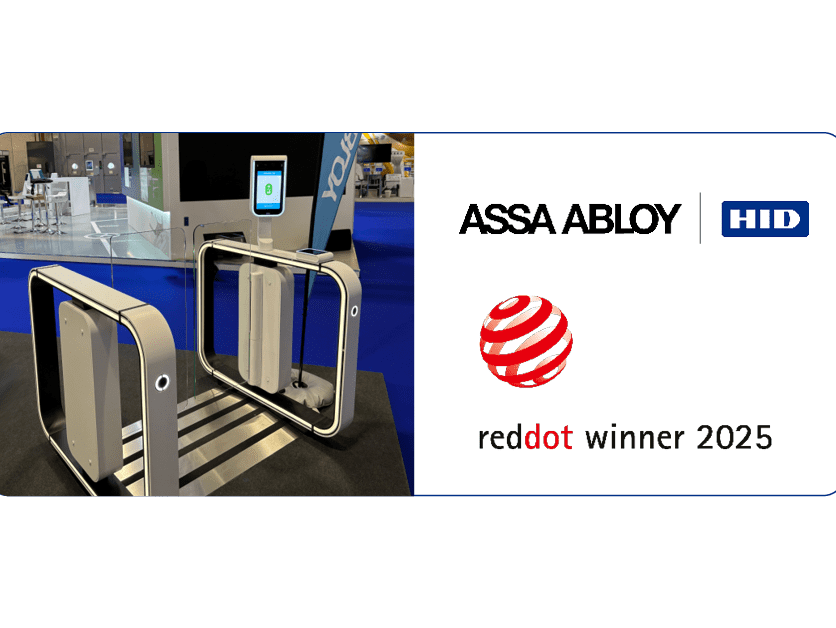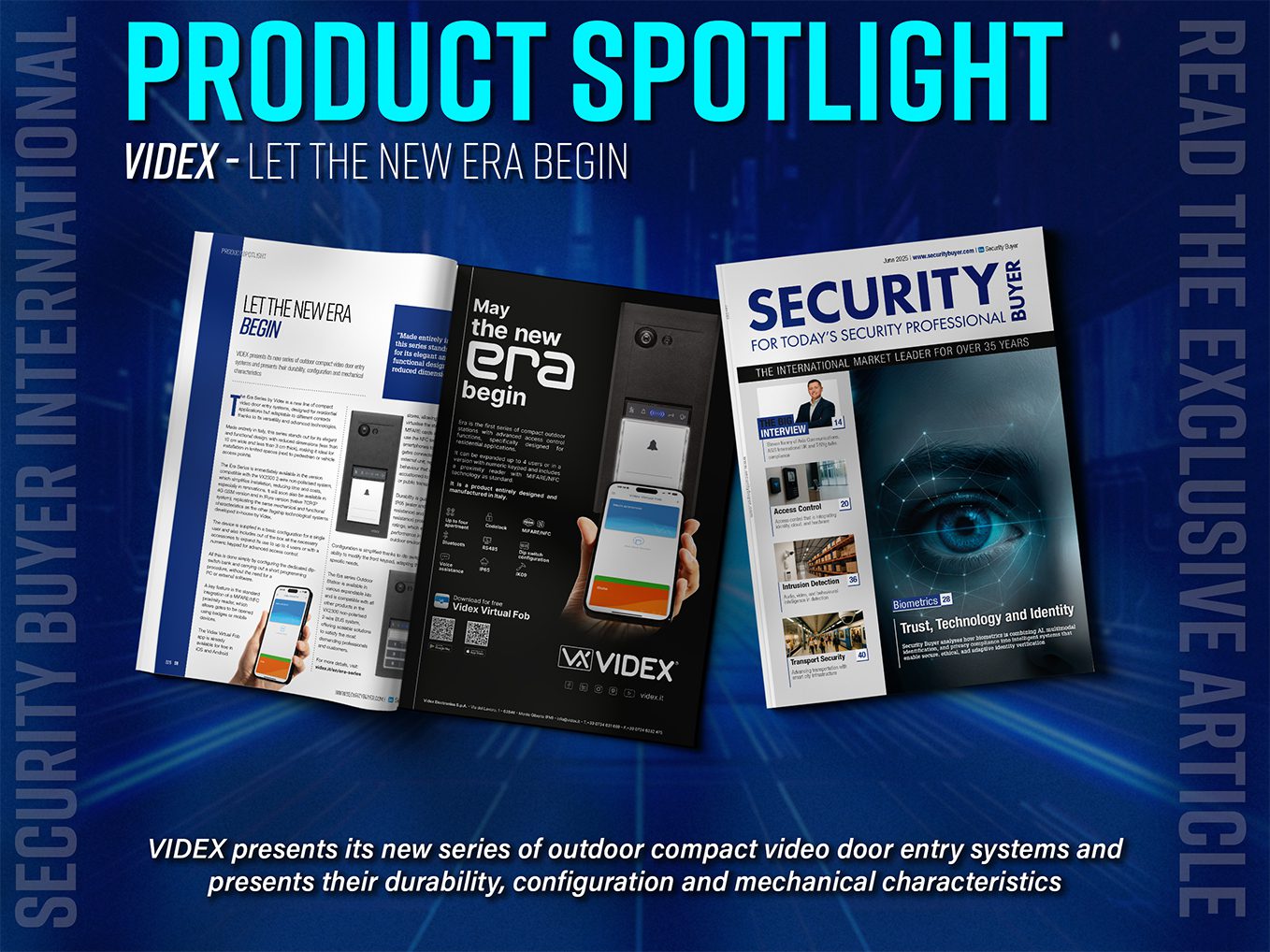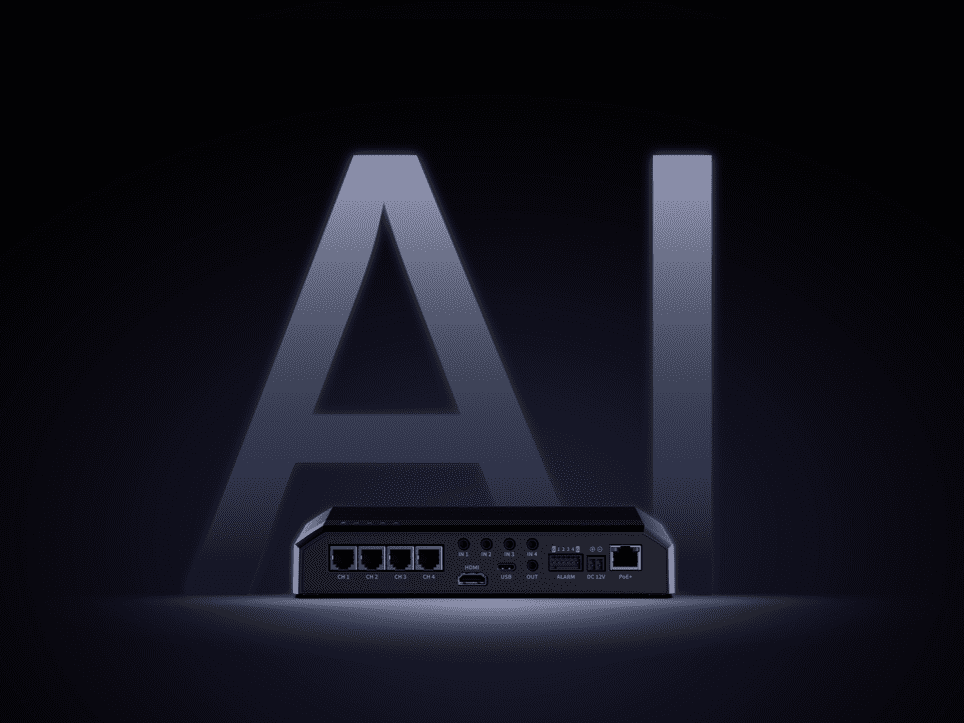Jon Polon, Senior Director of Global Integration Partners at Brivo provides an in-depth overview of the progression of the cloud-based ecosystem
Please introduce yourself and give us a brief insight into Brivo?
As the Senior Director of Global Integration Partners at Brivo, I lead our business relationships with software companies that integrate via our API. I also direct sales efforts for our European and APAC markets.
Brivo is the leading global provider of cloud-based physical security technology. Since pioneering cloud-based access control more than 20 years ago, Brivo is trusted by over 20 million users across 60 countries. Most recently we launched Brivo Security Suite, our unified platform that brings access control, video intelligence, visitor management, and intrusion into one complete view.
What are the primary strategic drivers prompting businesses to migrate their physical security systems to the cloud — and how has that conversation evolved in recent years?
Business are migrating their physical security to the cloud for a number of reasons:
Total cost of ownership: While a subscription-based model is new to many end users, it has been proven that the total cost of ownership with a recurring, cloud-based model is an improvement for most customers compared to legacy systems.
Cybersecurity: Cloud-based systems provide scalable cybersecurity, reducing the vulnerabilities created by disparate on-premise applications.
Open Ecosystems: Cloud-based systems integrate with a wide variety of software applications that further enhance the functionality of the access control system.
Multi-site management: It is extremely difficult to manage geographically dispersed sites with the same ease and efficiency as a robust cloud-based system.
Mobile management: Cloud-based systems allow customers to manage their facilities easily from anywhere in the world from any connected device, anytime. No VPNs or related infrastructure are required.
Reduced IT burden: As the pressure on IT departments increase, teams are looking for ways to reduce demands. Cloud-based systems allow for this by eliminating the need for servers, backup infrastructure, redundancy, etc.
Scale: We’ve seen that proven cloud-based systems can scale infinitely as customers grow and their needs evolve.
Has this differed depending on region?
Conversations in various regions differ based on the acceptance of the cloud. As an example in the United States, many discussions focus on the types of cloud-based systems and/or details on potential deployments. In the UK market, cloud adoption in physical security is still viewed as more novel. Many conversations revolve around the value of the cloud and the concept of cloud-based deployment in general. Overall, the UK market is evolving but is still several years behind the US in its adoption of cloud technology.
How is the push toward unified security platforms — particularly the ‘single pane of glass’ concept — changing how organisations manage access, video, and identity across multi-site operations?
Disparate systems are less efficient than unified ones. This concept carries across enterprise software, and physical security software is no different. IT and security departments are often seeking a single pane of glass where they can view and operate all of their related functions (i.e. access control, video, sensors, etc.) from one place. This gives operators a single view where they can see all the pieces of the puzzle at once. This single source enables them to make decisions more quickly and to run their facilities more effectively.
Scalability is often a critical challenge. How is cloud-native architecture helping these businesses standardise security while remaining agile?
Proven cloud-based systems are built to scale quickly. They can be deployed on as few as one access point and quickly expand to thousands. There are no local servers to install and controllers are plug-and-play, enabling organizations to scale efficiently. One client Brivo secures is HOTWORX, a health club that has hundreds of locations and is growing quickly. The cloud-based system allows the HOTWORX team to seamlessly deploy access control at new sites by simply installing controllers and connecting them to the cloud, which ties them to the central account.
Cloud platforms increasingly offer more than just access control. What role does physical security data now play in providing business intelligence, or integration into wider solutions such as building management?
The world of work and the way facilities are used is changing quickly. Facility managers need to understand usage patterns and the way users are interacting with their buildings. Data is critical for them in this journey. Cloud-based systems allow for easy access to the critical data needed to understand relevant trends. They also allow for the layering of AI on top of the data to deliver long term and short term insights. One example is anomaly detection, as the system learns about access patterns, it can point out aberrations and/or suspicious activity in automated fashion.
With so many systems in play in overall security strategies, how important is interoperability in today’s market, and what are the key integration pain points customers face?
We are now in an environment where interoperability is not a luxury, it is expected. Customers need to know that software and solutions they purchase are future proof. They expect that any piece of software—and access control is no exception—will connect with critical systems to allow them to manage their facilities effectively. This can include HR systems, systems that allow functional expansion of access control (i.e. tailgating), Identity and Access Management tools, and a wide array of other connected software packages. Access control becomes a physical extension of mission critical software….


